Portrait miniatures
Portrait miniature painting is an art form developed in the 16th century and practised until around the mid-19th century. Miniature painting evolved from medieval book illustrations into an independent art form during the 16th century. The golden ages of miniature painting were, on the one hand, the 16th and 17th centuries and, on the other, the second half of the 18th century and the beginning of the 19th century.
In the 16th and 17th centuries, miniatures were painted on parchment. Ivory was introduced as a base material at the turn of the 17th and 18th centuries, and it became more common towards the end of the 18th century, almost completely displacing parchment. Water-soluble gouache paints and watercolours were used for painting. The miniatures were placed in boxes or medallions, making them easy to carry.
For a long time, portrait miniatures had a very private and intimate character as works of art, as only the owners of the miniatures and their confidants were allowed to view them. Due to their small size, it was natural to attach miniatures to jewellery and, from the 18th century onwards, to other ornaments, such as snuff boxes. Jewellery, snuff boxes or other objects bearing the ruler’s image were often given as gifts by courts to loyal subjects. Royal marriages could be planned extensively with the help of portrait miniatures when it was not possible to meet the suitable candidates. Outside the courts, painting, acquiring, donating and owning miniatures was part of the social life of the nobility. At the beginning of the 19th century, portrait miniatures also became a popular friendship gift in bourgeois circles. A small image of an important person, held close to the heart in a medallion, became part of the imagery of the Romantic period. It was only in the early 19th century that the habit of putting portrait miniatures in frames and hanging them on the wall like other paintings became more common.
Portrait miniatures have been popular throughout Europe. Miniatures were also purchased in the Nordic countries, and there were miniature painters working here. In Sweden, there were several miniature painters, and the Swedish court also attracted artists from Central and Southern Europe. In 1684, Elias Brenner of Finnish origin was chosen as the Swedish court miniature painter.
The collections of the National Museum of Finland comprise more than 250 portrait miniatures from the second half of the 17th century to the 1950s. The main part of the collection dates from the second half of the 18th century and the early 19th century. The collection includes works by artists of international importance and renown as well as amateurs. In addition, the National Museum’s collection has a strong national emphasis, as a large part of the works depict Finnish people and some of the artists are also Finnish.
Satu Frondelius
Select an image for more information
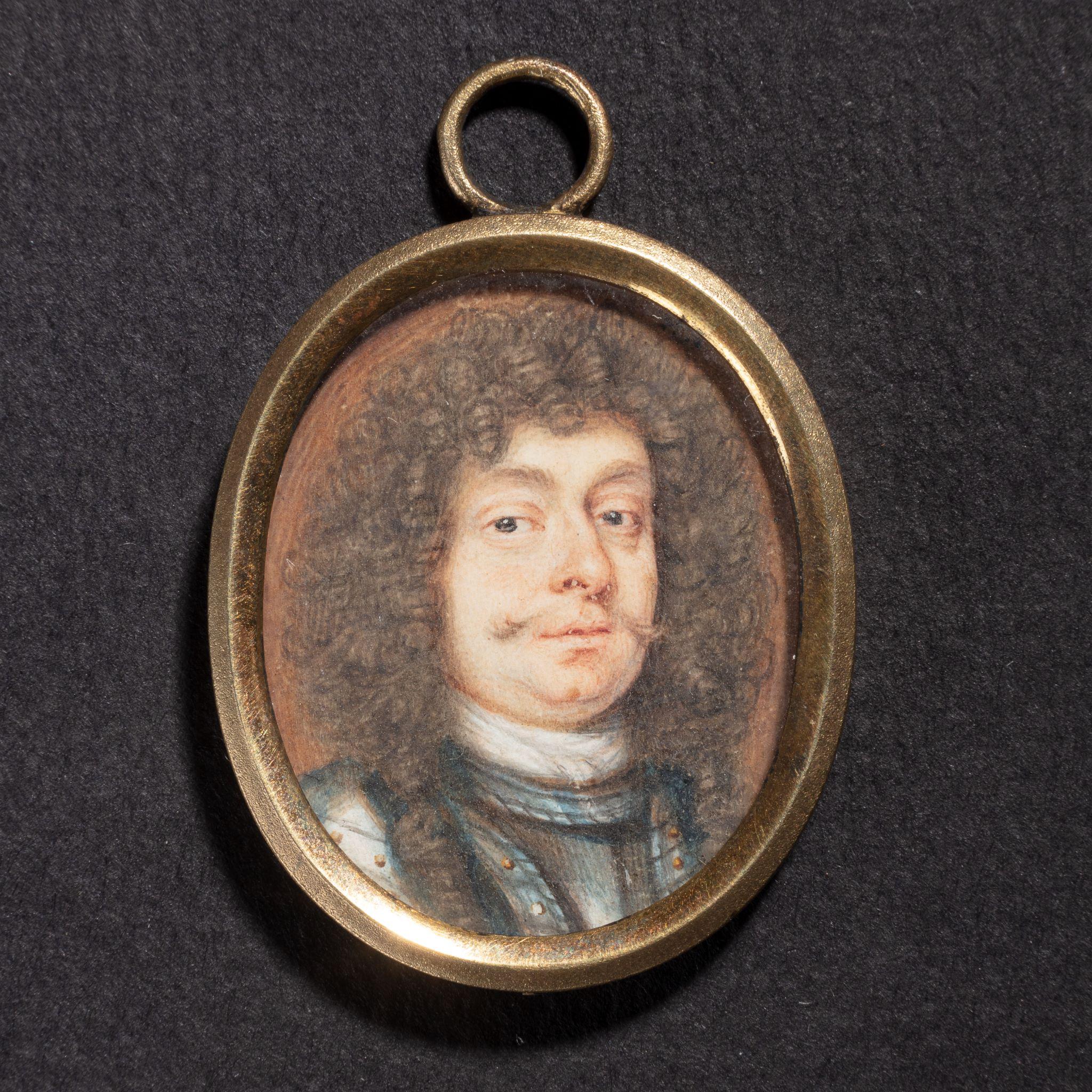
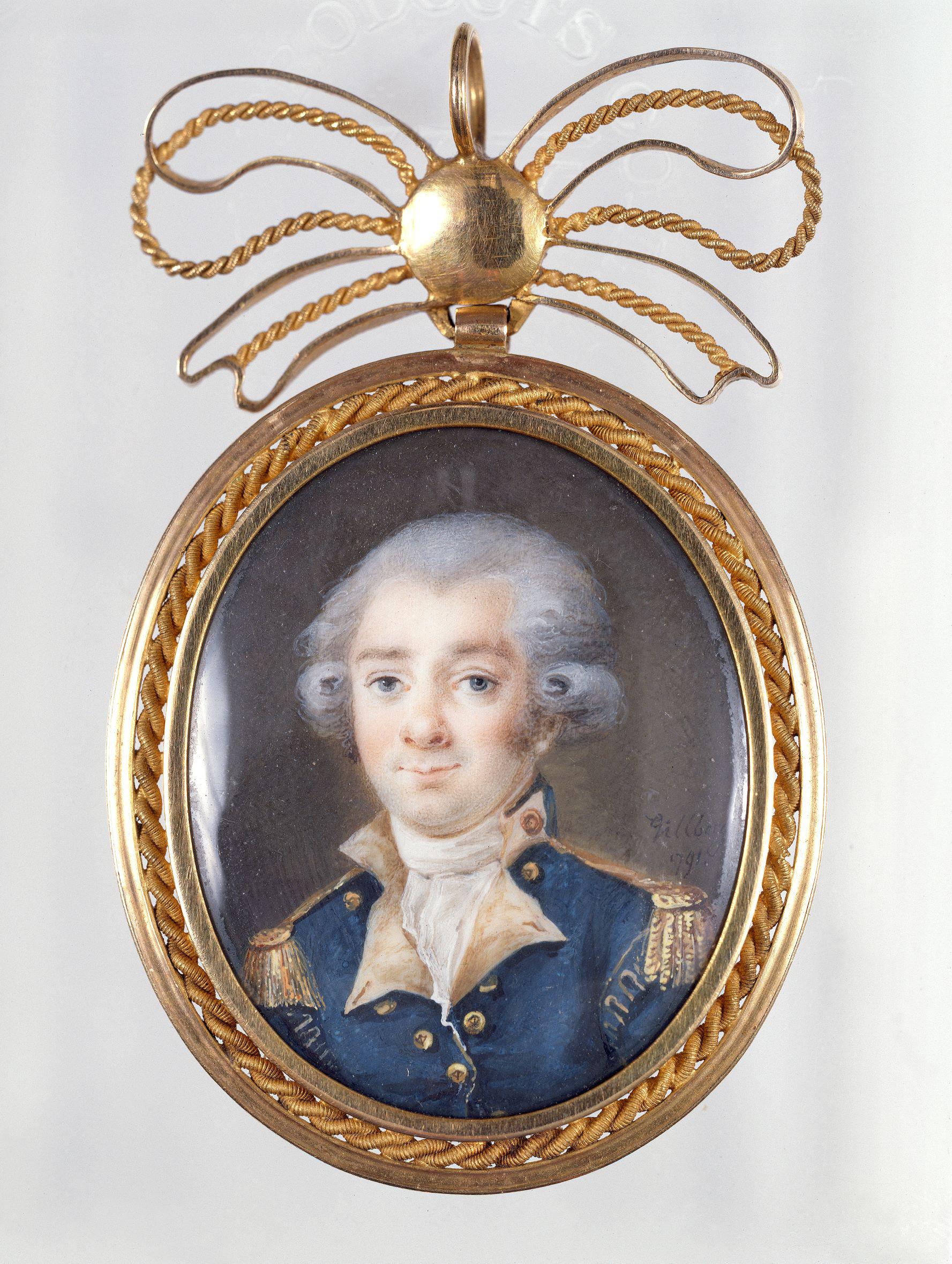
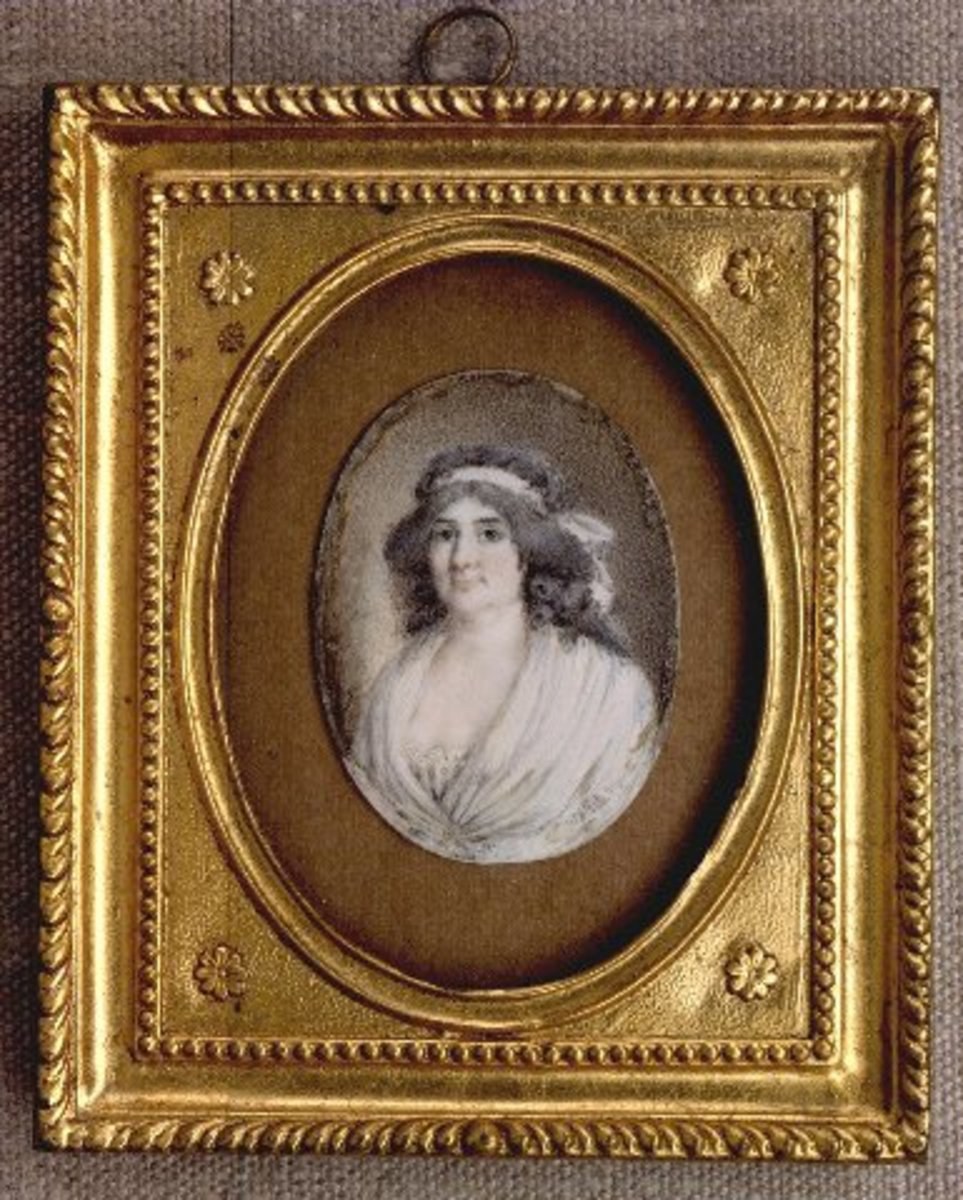
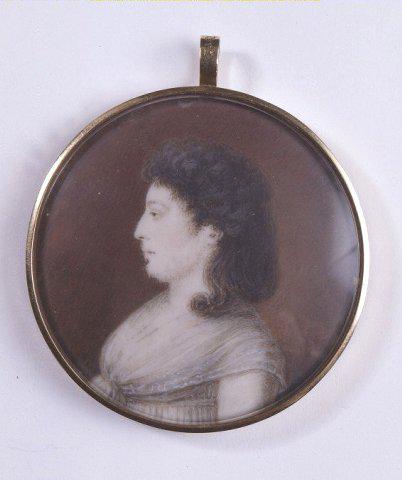
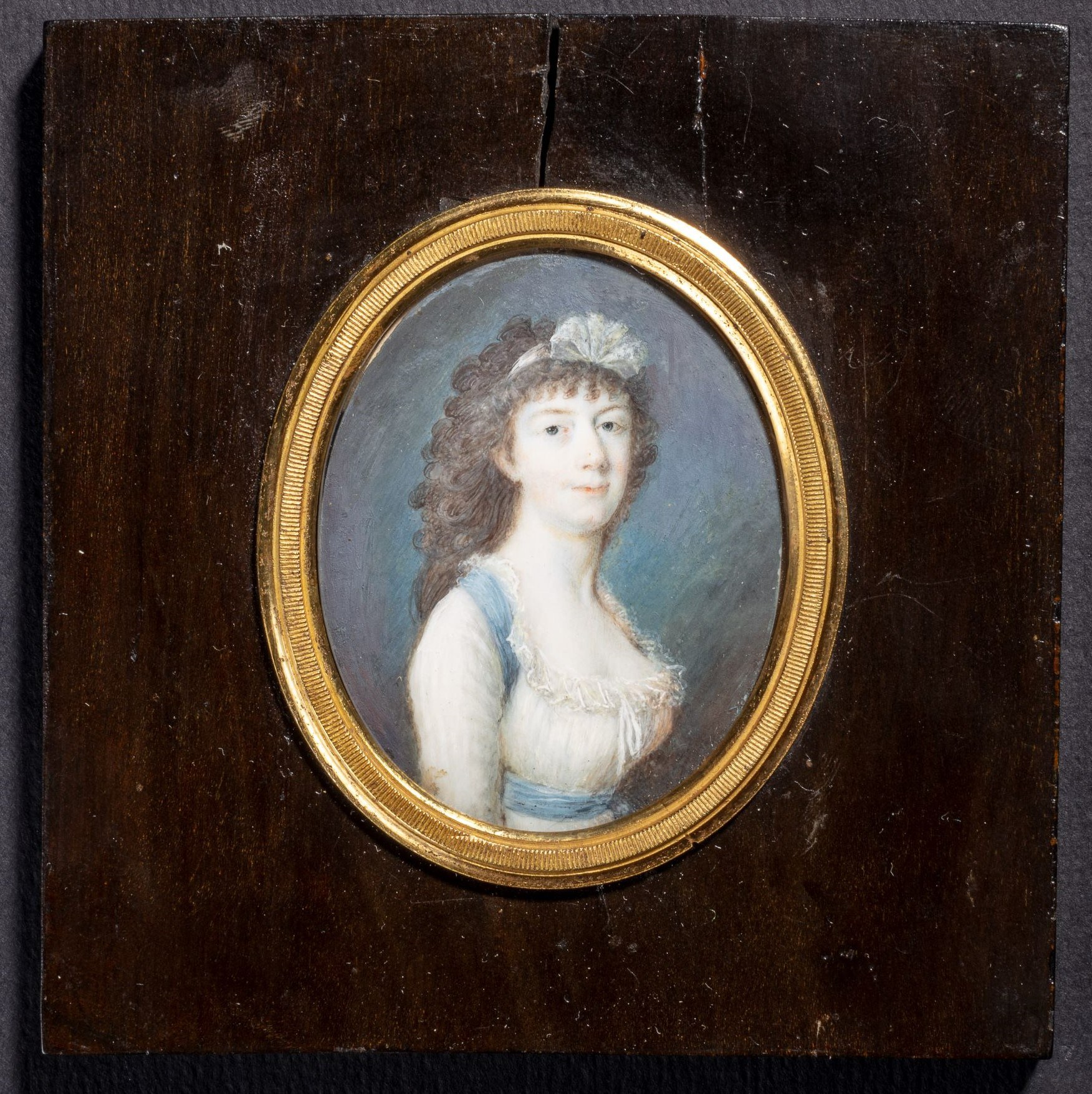
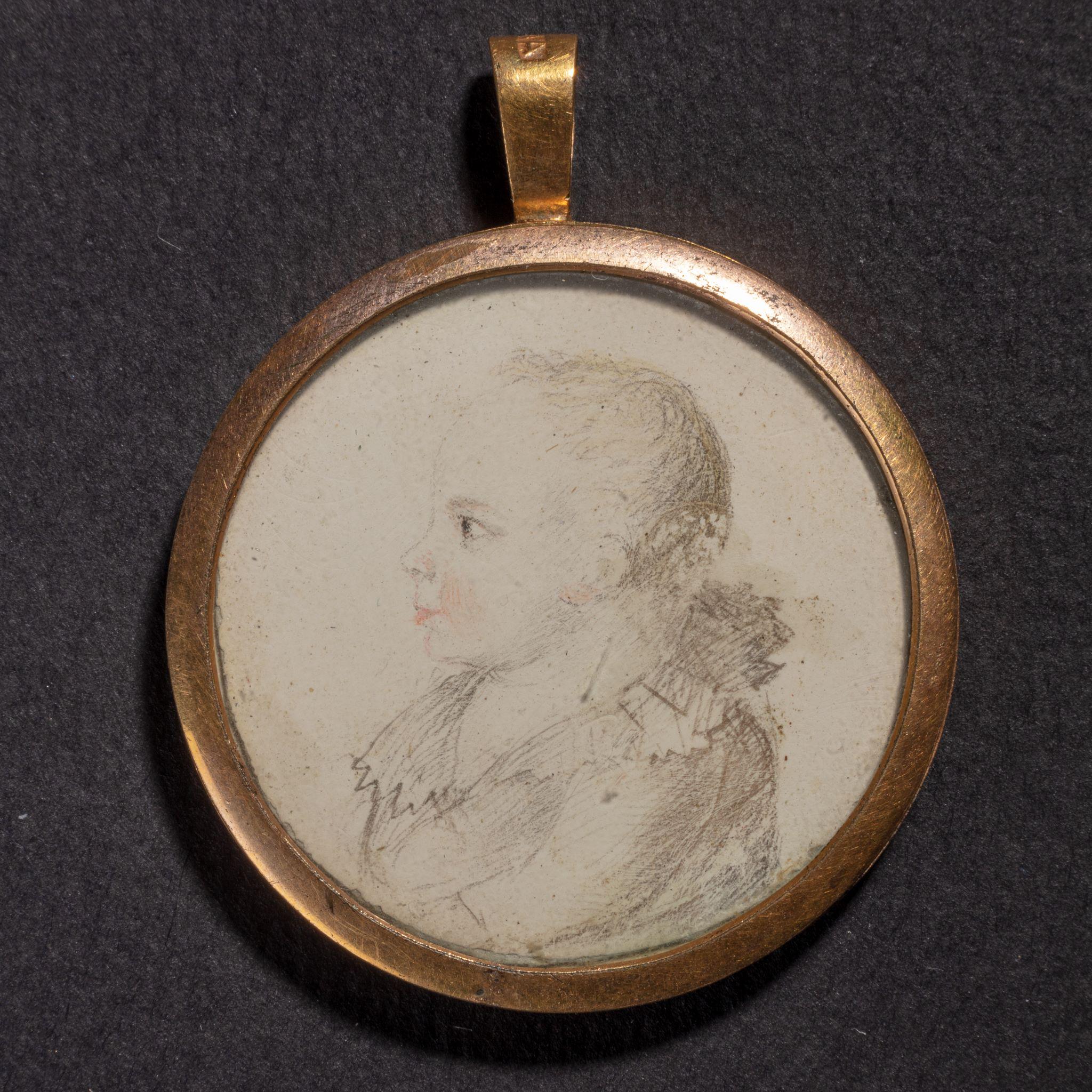

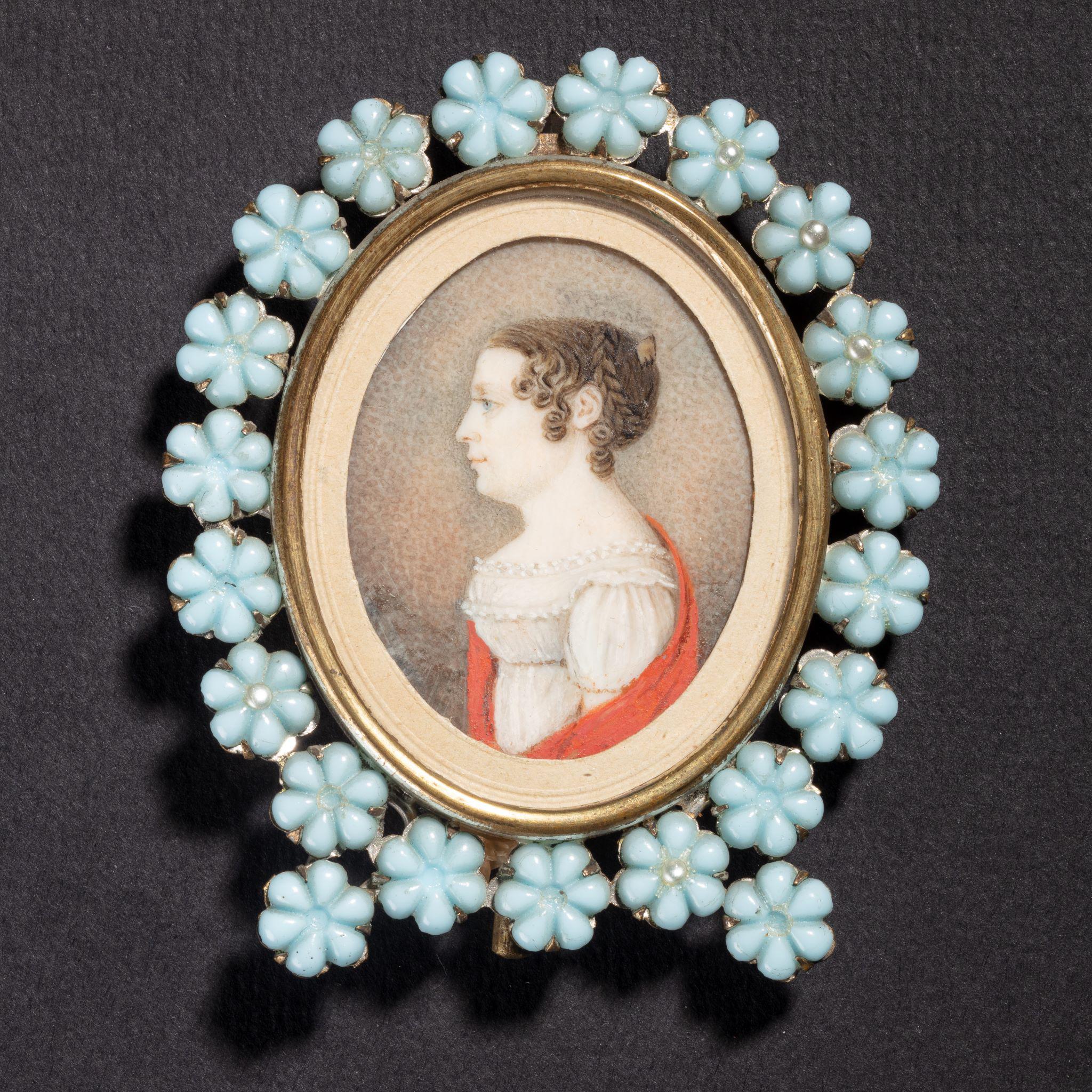
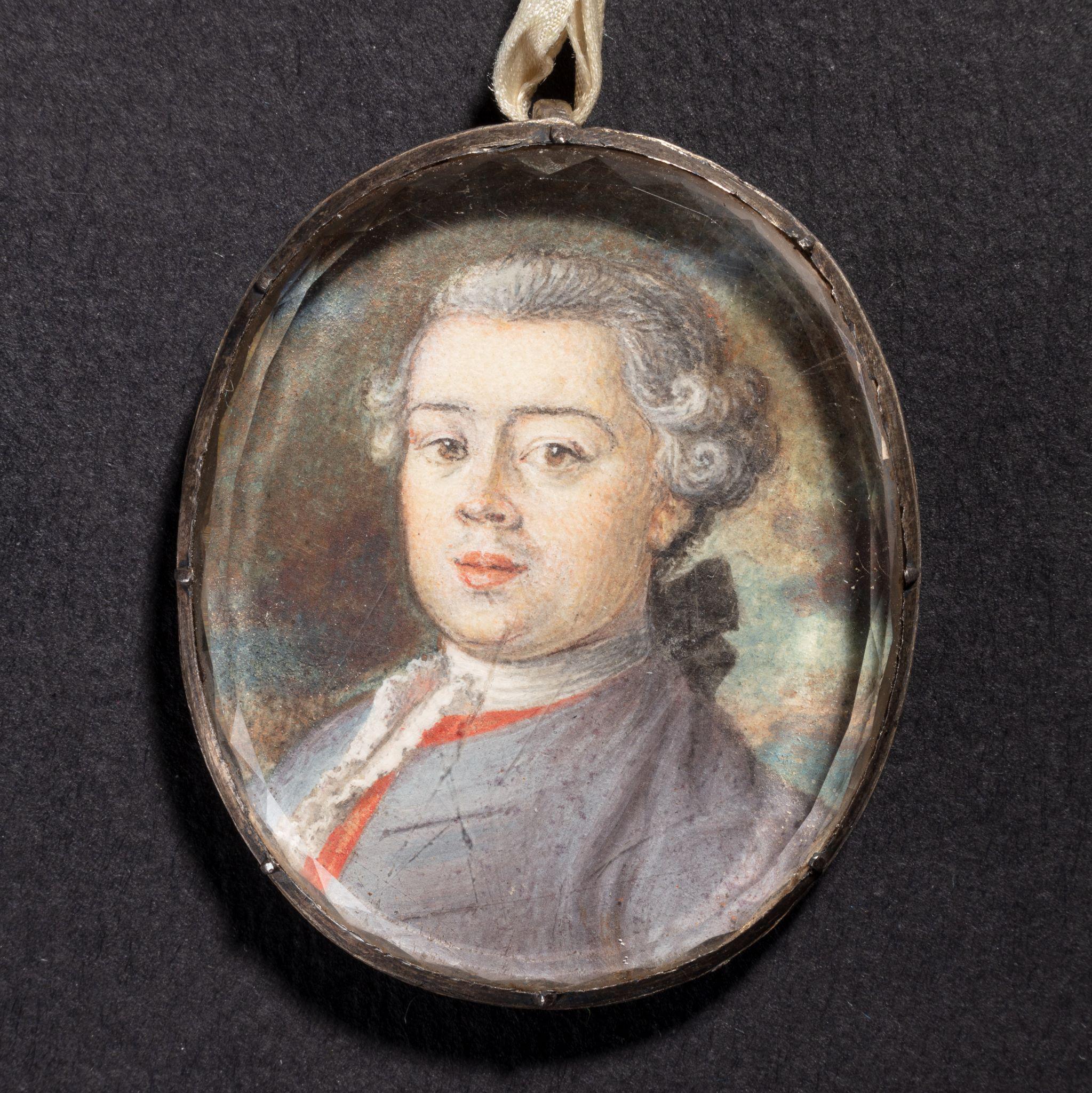
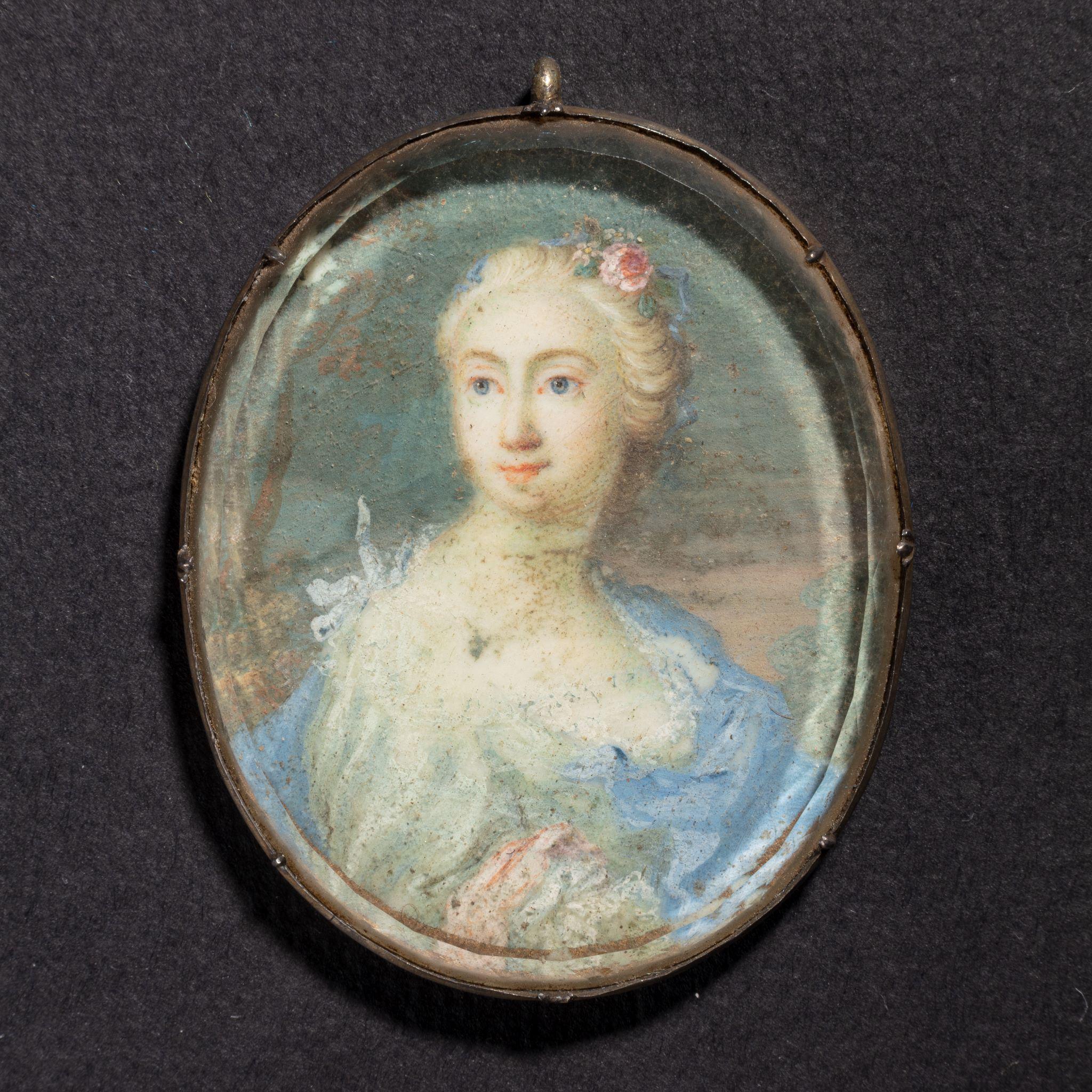
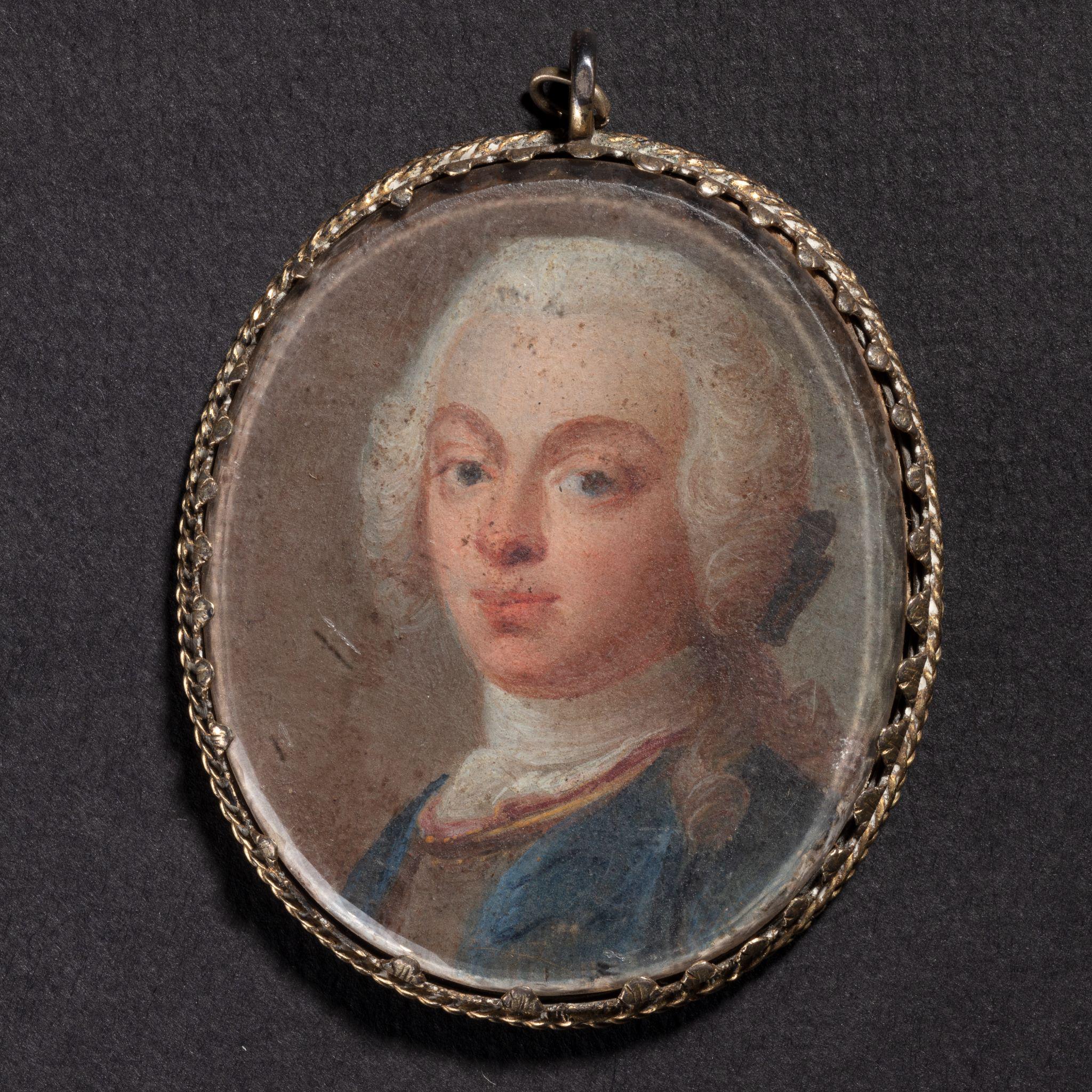
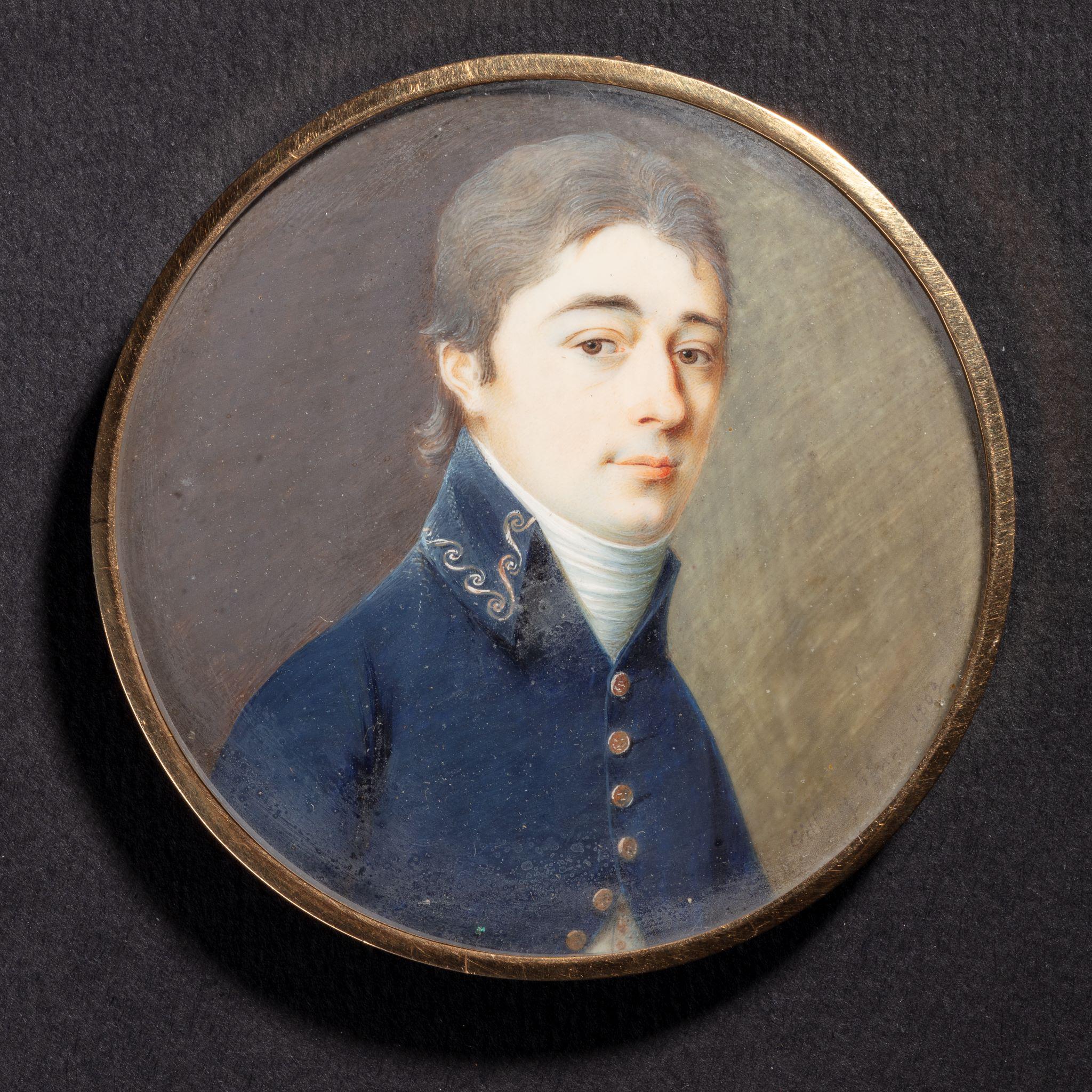
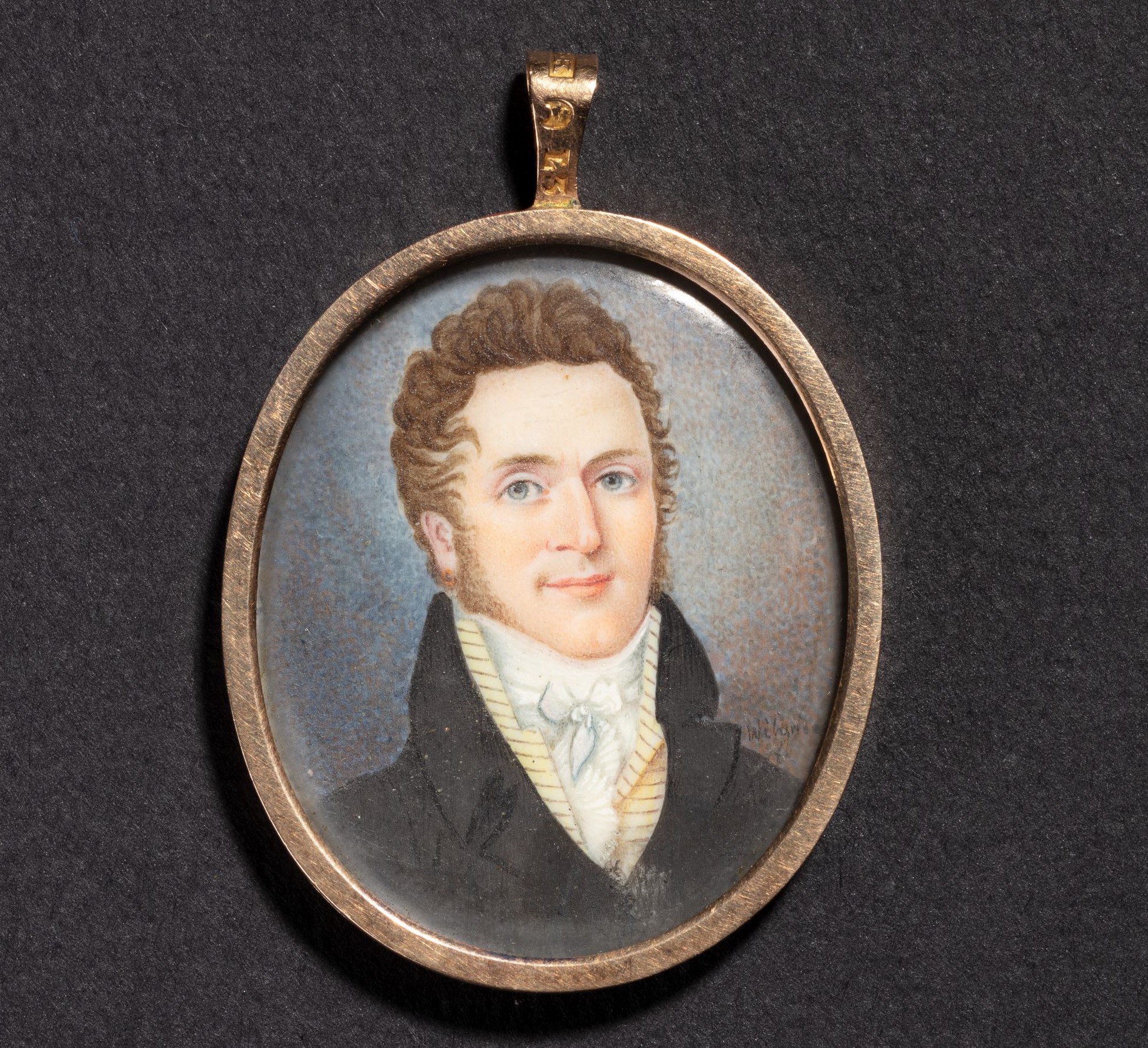

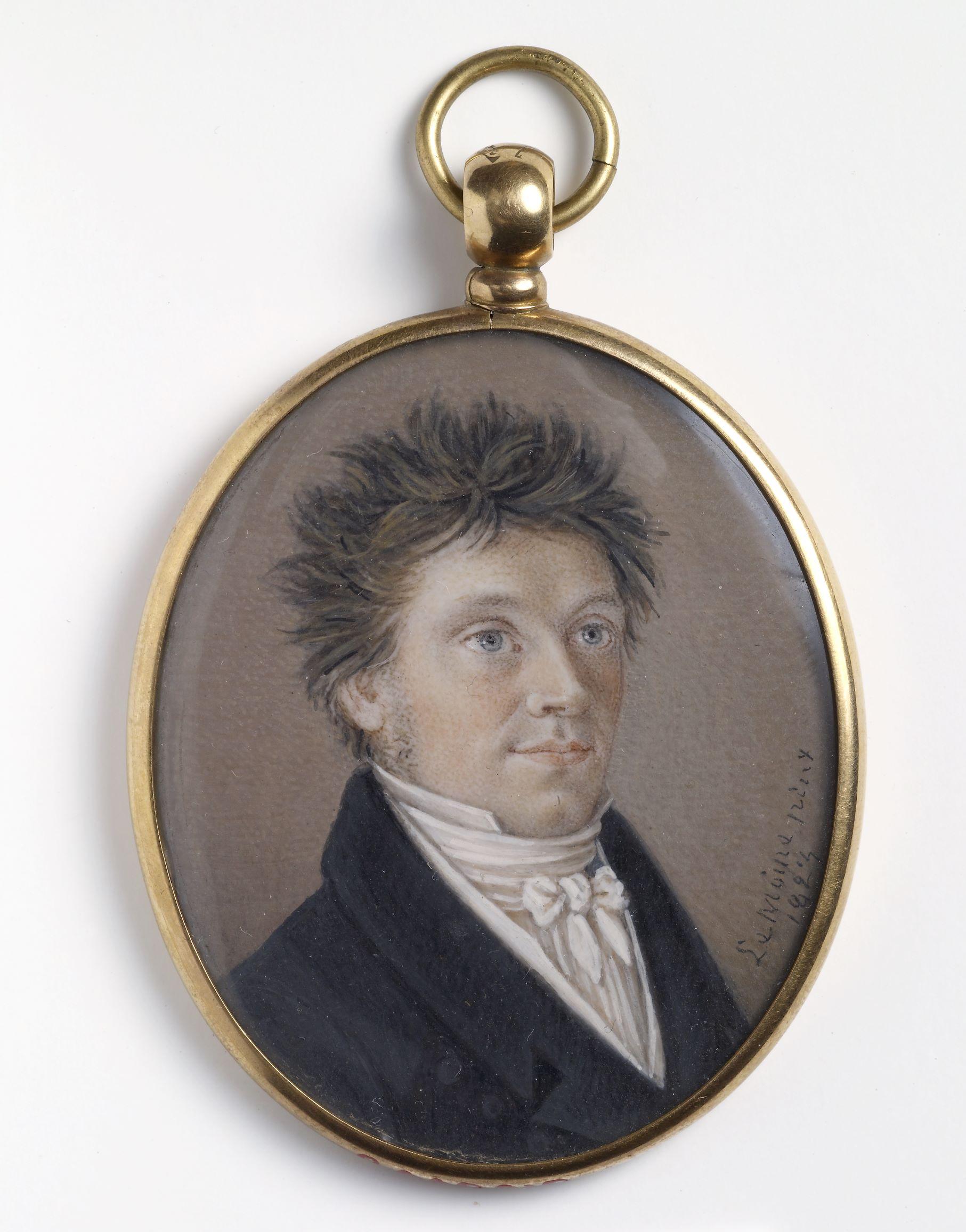
Elias Brenner, from Isokyrö parsonage to court miniature painter
Elias Brenner (1647–1717), the son of the wealthy vicar of Isokyrö, was well educated because after finishing the grammar schools of Uusikaupunki and Pori, he followed the Ostrobothnian tradition and went to Uppsala in 1663.
Brenner, who proved to be a skilled draughtsman, did not complete a degree but became a draughtsman of the College of Antiquities in 1668, i.e. he painted the relics of the nation. On 5 October 1670, Brenner was given a special assignment to study the relics of Finland. It was the first antiquarian excursion to Finland.
In the mid-1670s, Brenner began to get tired of relics and turned his interest to the fashionable art of the day, miniature painting. Through self-study, Brenner achieved a level as a painter that did not fall behind those who inspired him. From 1677, Brenner was already a court painter, first without a specific salary but then with a paid vacancy from 1684.
Brenner did not hide the fact that he was of Finnish origin. His social circles in Stockholm consisted partly of people of Ostrobothnian descent, especially many relatives.
Brenner was knighted in 1712 and died in Stockholm in 1712.


























